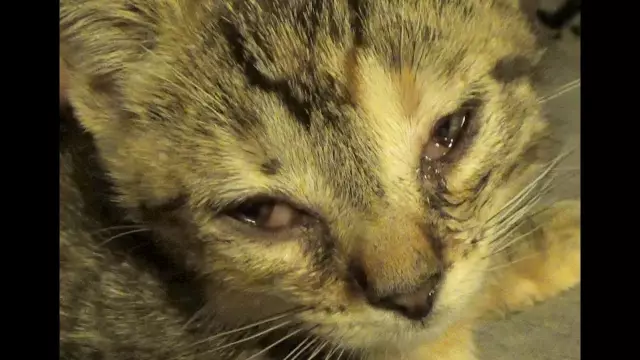- Author Delia Mathews [email protected].
- Public 2023-12-16 00:05.
- Last modified 2025-01-22 15:45.
Most reptiles are terrestrial animals. They were named so for their way of movement: reptiles touch the ground with their whole body and drag themselves by dragging ("creep").

What are the morphological features of reptiles

Reptiles have dry skin covered with horny scales. They usually do not have skin glands. The heart of these animals is three-chambered, consisting of two atria and a ventricle, and only in crocodiles is four-chambered.
The circulatory system of reptiles is represented by two circles, but their body temperature is unstable and depends on environmental conditions. The brain of reptiles is more complex than that of amphibians.
Reptiles are dioecious animals, their fertilization is internal. Most of the reptiles reproduce by laying fertilized eggs: in lizards and snakes, they are covered with a leathery shell, in turtles and crocodiles - with a calcareous shell. Also among reptiles there are viviparous species.
Most reptiles are insectivores or carnivores. Land turtles feed on plants.
The excretory organs of reptiles are the kidneys. Reptiles breathe with the help of lungs with a cellular structure. Since the outside of these animals is covered with dry and keratinized skin that is not capable of breathing, the lungs are their only respiratory organ, unlike amphibians. The cellular structure increases the respiratory surface of the lungs.
The cellular structure of the lungs allowed reptiles to adapt to life on land. Cutaneous respiration is observed only in sea snakes and soft-bodied turtles.
What ancestors did modern reptiles descend from?

Reptiles evolved from the ancient reptiles - cotylosaurs that lived on Earth about 285 million years ago. In their structure, they retained the characteristics inherent in the most ancient tailed amphibians - Stegocephalic. The peak of the flowering of reptiles fell on the period from 70 to 255 million years ago: dinosaurs lived on land, ichthyosaurs lived in water, and pterosaurs lived in the air.
A global cooling that occurred on the planet about 100 million years ago led to the mass extinction of reptiles. There are about 7 thousand species of modern reptiles, united in 4 orders: Scaly, Crocodiles, Turtles and Beakheads.
Scaled ones include lizards, agamas, snakes, geckos and chameleons. This is the most numerous and diverse order of reptiles. Among the turtles, there are terrestrial, marine and freshwater species, but the body of all of them is hidden under a massive shell. The most highly organized order of reptiles is considered to be crocodiles (there are a total of 26 species), and the modern representatives of the Beakheads are the tuataras that inhabit the islands of New Zealand.






